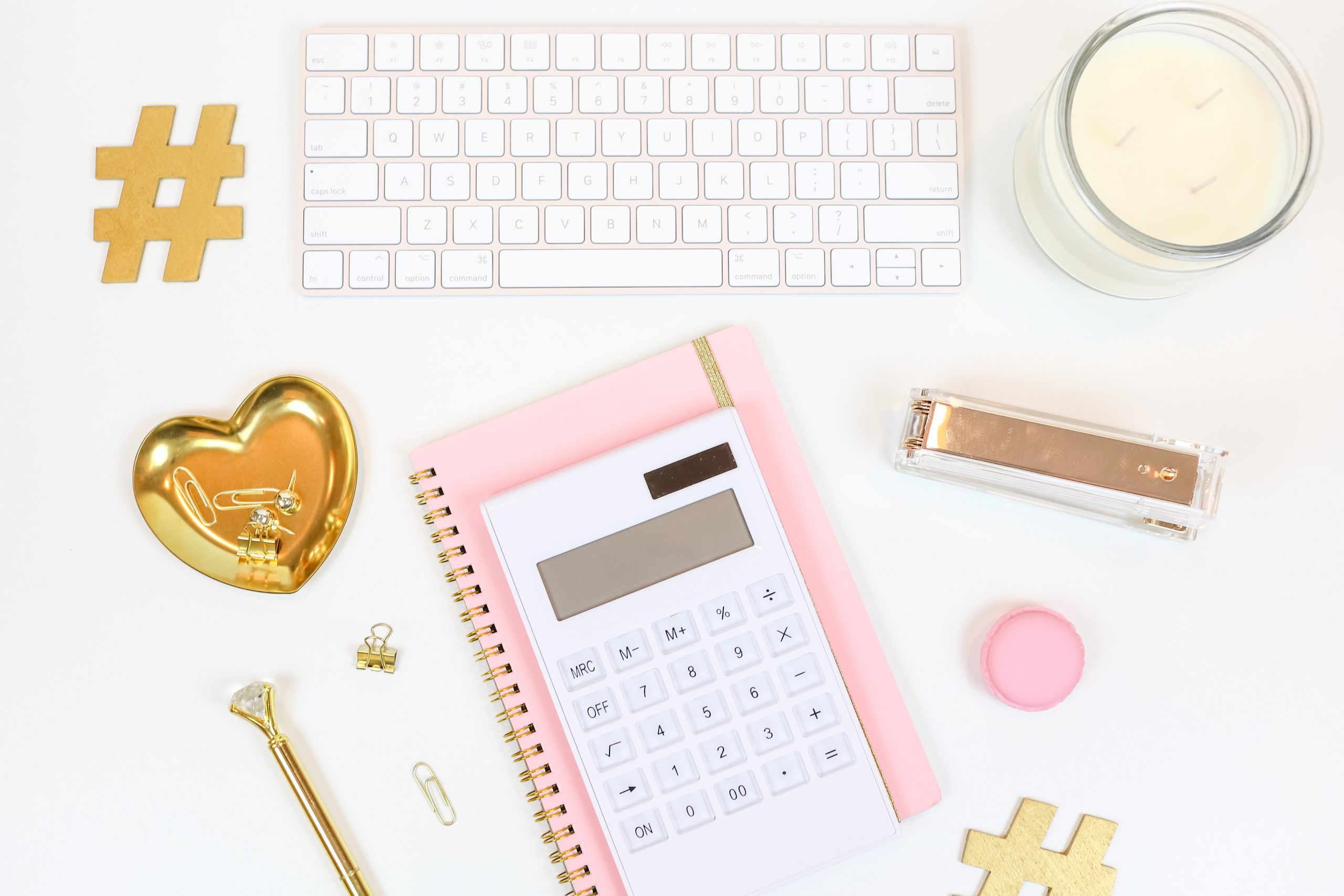
Life&Style Writer Sophie Webb questions whether the online phenomenon ‘Girl Math’ is misogynistic or a fun expression of womanhood.
‘Girl Math’, ‘Girl Ethics’, the gastronomical ‘Girl Dinner’. On TikTok and X, formerly known as Twitter, you are never far from this new and popular term. An allegedly innate, deeply insightful understanding of finance possessed by the female population, Girl Math describes the ways in which women justify spending money.
According to Girl Math, cheaper, exchanged and refunded items are essentially free, free shipping is enough to justify any purchase, and money doesn’t mean anything. However, Girl Math may now, have evolved beyond a questionable interpretation of the spending economy. Arguably, it implies an underlying ditzy nature – perhaps a failure to understand mathematical concepts, or at least, a willingness to misinterpret them. Should it be considered misogynistic to identify poor financial decision-making and/or poor mathematical awareness as an exclusively feminine trait?
“Clearly, as a species, we are keen to neatly categorise behaviours along gendered lines.
Searching ‘Girl Math feminism’ on Google mostly produces journal articles in which researchers are investigating the mathematical ability of schoolgirls. It seems that from as early as primary school, there is a significant research focus on examining a woman’s grasp of mathematical concepts. “Maths is a feminist issue,” declares Shirley Conran in The Guardian, as girls less likely than their male counterparts to study A-level maths. Even the use of the term ‘Girl Math’ instead of ‘woman math’ could be viewed as infantilising when describing women aged over 18.
In the mere weeks since the birth of Girl Math, the online world has heralded the arrival of its inevitable counterpart: ‘Boy Math’. Boy Math is less focused on finances and more on general behaviour; an accessible meme format used as a vehicle to discuss misogyny, such as men who try to justify dating underage girls. The meme is self-explanatory; women adhere to the guiding principles of Girl Math, while men are driven by a biological inclination towards Boy Math. Clearly, as a species, we are keen to neatly categorise behaviours along gendered lines.
Could this reflect a collective attempt to return to a rigid gender binary and its traditions, often observed in industrialised, post-feminist societies such as the UK and the US? After all, suspicion of those who defy traditional gender expectations is currently rife, as social conservatives seek to promote and cling to the old-fashioned hallmarks of gender segregation. Could this all be a rejection of complex ideas, an attempt to simplify? In other words, is it Girl Math?
“…it would appear that the typically ‘girly’ ideals of the colour pink, friendship, success and kindness are in vogue
There is, however, an alternative take on the term. Girl Math advocates on TikTok would argue that its use is rooted in fun, and its popularity is emblematic of women not taking themselves too seriously online. Is the word being reclaimed by women who wish to take control of feminine connotations, which historically, are often viewed negatively? Does ‘girl’ need to suggest weakness? Of course not.
With this summer’s ‘Barbie’ charging through the box office, directed by Greta Gerwig and her female-led team, it would appear that the typically ‘girly’ ideals of the colour pink, friendship, success and kindness are in vogue. At least, superficially; analysing the motivations behind the ‘Barbie’ film is another discussion entirely. But if we can take away one positive, it is the idea that there is nothing wrong with championing women’s interests, whether this involves working in STEM, or spending ‘frivolous’ money.
Perhaps most importantly, do the differences between girl and boy math highlight feminist conversations that need to take place, notably the issues of misogyny jokingly framed as Boy Math? Perhaps the wide-ranging response to the term is feminist in itself, as it brings important topics to light. Ultimately, there are a dozen interpretations of Girl Math, and it is likely that many of them coexist with each other. A statement which could, itself, be considered Girl Math.
Read More from Life&Style:
Sofia Richie’s ‘Old Money’ Wedding: Just Another Trend or a Style as Old as Time?
Comments